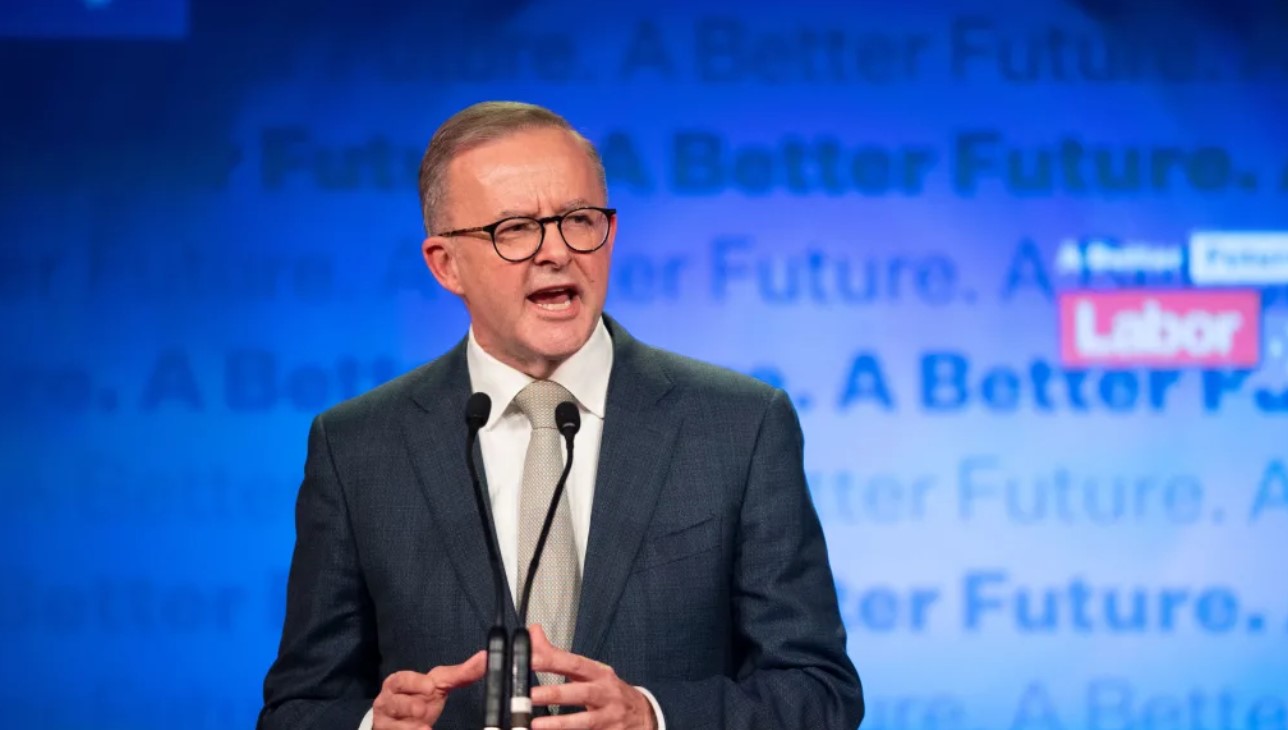


Governments frequently find themselves in a difficult situation when managing permanent migration programmes. The Australian government of Albanese is a prime example of this predicament; it has witnessed a substantial backlog of applications for permanent visas and an unprecedented increase in long-term temporary immigrants and permanent visas like Family Visa, Business Talent Visa and Global Talent Visa.
The government issued 195,400 permanent visas under the 2022–2023 migration programme, which is extremely near to the 195,000 target. On the other hand, net migration—which is calculated as all long-term and permanent arrivals less all departures—is predicted to be close to 470,000. As a result, the government is in a difficult situation as it attempts to live up to the standards set by its immigration programme.
This situation is not unusual; governments all around the world regularly find themselves in a similar predicament. Delivering the migration programme close to the intended level is standard procedure. There are, however, rare exceptions. One such instance is the significant programme reduction Peter Dutton implemented while serving as Immigration Minister.
In 2022–2023, Australia issued the greatest number of permanent visas in its history; nonetheless, both the backlog of applications for permanent visas and the number of long-term temporary residents have sharply increased.
Applications for permanent visas increased dramatically, from 185,030 in 2021–2022 to 302,434 in 2022–2023—a spike of 63.5%. This rise, which reflects the complexity of immigration policy, is not unique to Australia but rather a global trend.
Source nations are also quite important. Chinese and Indian nationals occupied the majority of positions in 2022–2023, which was indicative of the countries' sharp increase in the number of students and temporary graduates. Due to a straight route to Australian citizenship, it is anticipated that the number of permanent spots for New Zealanders will decline, while those from China, India, the Philippines, and Nepal will increase.

The family stream and skill stream in the permanent migration programme offers particular difficulties. Partner visas accounted for the majority of the 52,500 spots in the family stream in 2022–2023. With an ever-growing number of applications, the family stream backlog is still considerable, particularly for parent visas.
The majority of the record 142,344 visas granted in the talent stream in 2022–2023 went to temporary immigrants who were already living in Australia. The skill stream backlog increased as a result, rising from 119,857 at the end of June 2022 to 184,879 at the end of June 2023. This increase emphasises how urgent it is that governments deal with the issues this group presents.
Governments have to maintain a tight balance, much like the Australian Albanese government does. They have a growing cohort of temporary entrants and have produced significant backlogs in permanent visa applications, even though they may be hesitant to raise the number of permanent spots available.
These people, who are mostly students and recent graduates, may find it difficult for the government to meet their expectations regarding permanent visas.
The Albanese government's predicament serves as a clear illustration of the difficulties governments everywhere confront in striking the delicate balance between permanent and temporary migration. The administration of permanent migration programmes is a complicated matter. In order to handle the mounting backlog and the persistent demand for permanent visas, it emphasises the necessity of carefully weighing policy options and allocating resources.
Governments must meet planning levels in the migration programme in order to balance the number of permanent migrants with the economic and social demands of the nation. It supports the upkeep of an organised immigration strategy.
Managing migration programmes presents similar issues to governments all around the world. To effectively fulfil their aims, they may address these difficulties through the allocation of resources, changes to policy, and consideration of different visa types.